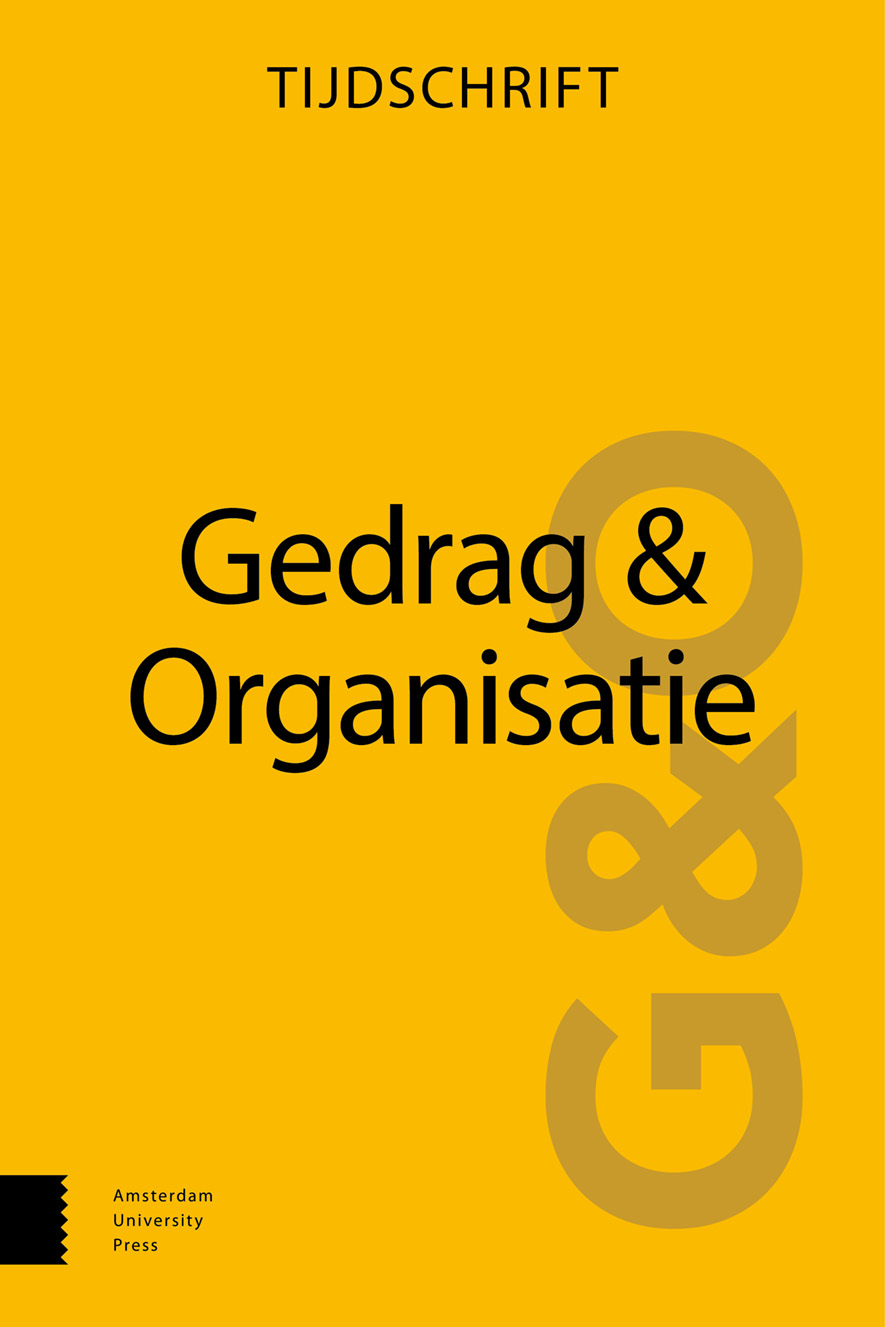-
oa Telewerken als hulpbron? 'Flow' en uitputting onder twee telewerkcategorieën vergeleken
- Amsterdam University Press
- Source: Gedrag & Organisatie, Volume 23, Issue 2, jun. 2010,
- Vorig Artikel
- Inhoudsopgave
- Volgend Artikel
Samenvatting
Telework as a job resource: A comparison of 'flow' and exhaustion among marginal and substantial teleworkers
P. Peters & M. Wildenbeest, Gedrag & Organisatie, volume 23, June 2010, nr. 2, pp. 97-117
This cross-sectional study among 331 teleworkers aimed to contribute to the contemporary telework debate on the importance of the telework frequence for telework outcomes by examining whether employees who telework more than one day per week on average ('substantial teleworkers') experience more work-related flow and less exhaustion than employees who telework less than one day per week on average ('marginal teleworkers'). Employing the 'Job Demands-Resources model', the study considered particularly substantial telework a job resource, and looked into the direct and indirect relationships between 'substantial telework' and the two outcome variables. Employing multivariate regression analyses, empirical support was found for the proposition that substantial telework is associated with more flow. Remarkably, this was particularly felt when employees were interrupted more frequently in their home offices. Moreover, particularly teleworkers who reported frequent overtime and more job autonomy expressed lower exhaustion levels when they teleworked substantially than when they teleworked marginally. Whether these outcomes also hold for other worker categories, such as lower educated employees, requires further investigation.


